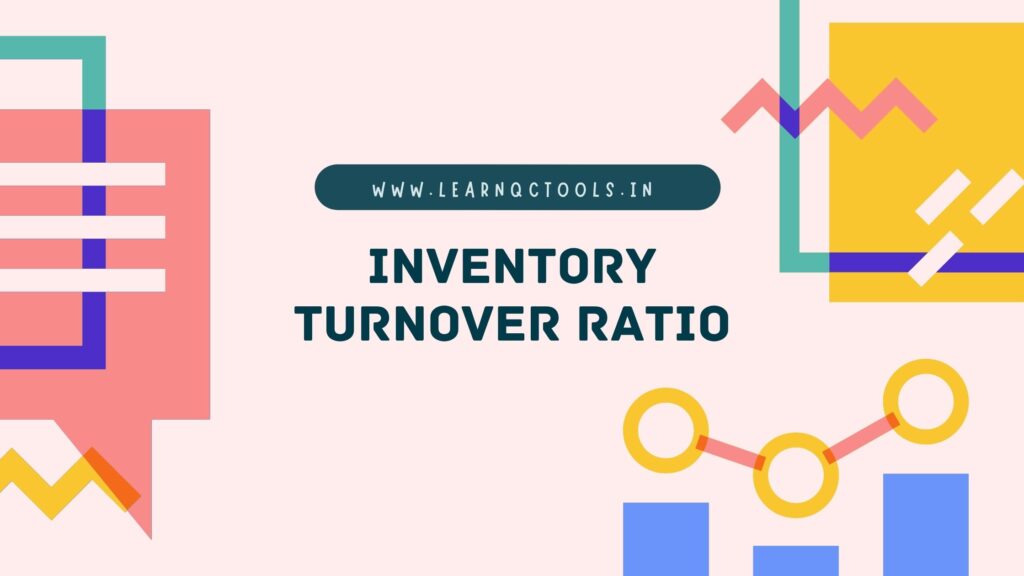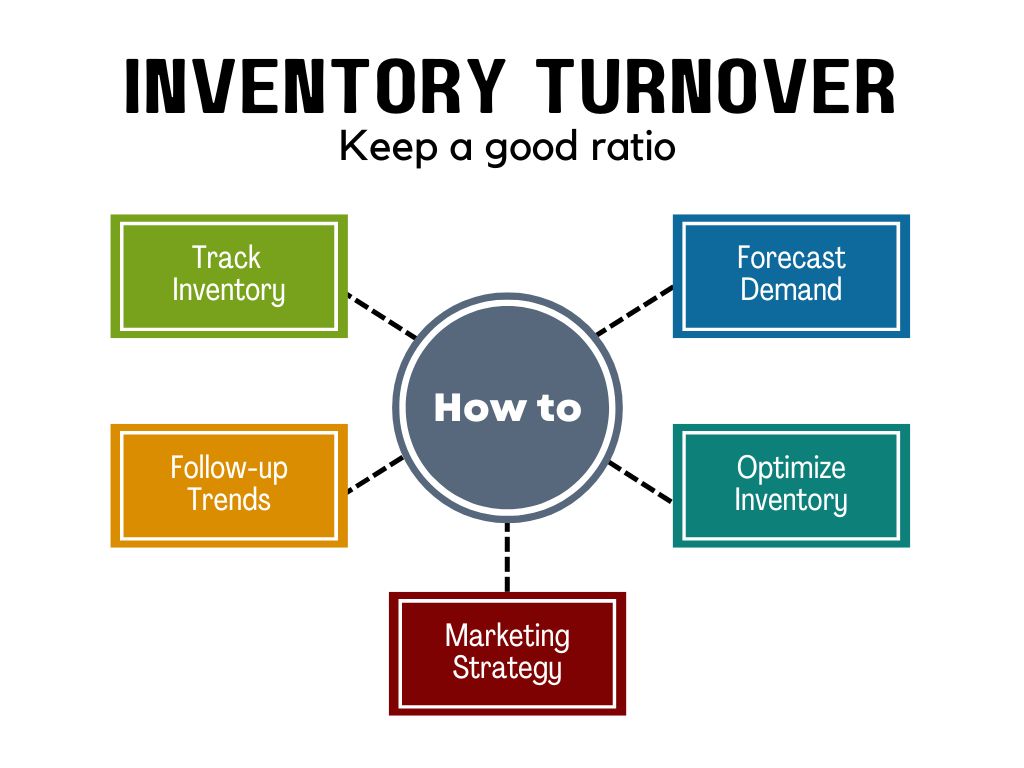
This ratio is used to determine how many times a company has sold and replaced its inventory within a given period. The inventory turnover rate takes the inventory turnover ratio and divides that number into the number of days in the period. This calculation tells you how many days it takes to sell the inventory on hand. Inventory turnover is calculated by dividing the cost of goods sold (COGS) by the average value of the inventory. This equation will tell you how many times the inventory was turned over in the time period.
Strategies for Inventory Turnover Improvement
As problems go, ensuring that a company has sufficient inventory to support strong sales is a better one to have than needing to scale down inventory because business is lagging. The asset turnover ratio is a financial metric that evaluates how effectively your business uses its assets to produce revenue. Inventory turns, as measured by the inventory turnover rate calculation, are an excellent measure of lean transformation if companies focus on an increased rate of turns instead of the number of turns. Companies, particularly those in manufacturing, can use this metric with raw materials as well as finished goods through the whole value stream. Retailers with fast inventory movement outperform their peers because the longer an item is in storage, the higher the cost a retailer pays in holding, decreasing the item’s value.
Which of these is most important for your financial advisor to have?
If certain inventory items are not selling or are slow-moving, it may be wise to sell them at a discount or to write them off. By reducing the amount of slow-moving inventory, the company can free up resources to invest in more profitable areas of the business. Some retailers choose to use software such as open-to-buy that calculates KPIs like inventory turnover. This software is a budgeting system that supports buying and replacing goods that a company integrates with its other accounting and control software. In this question, the only available information is the net sales and closing balance of inventory. We can’t workout cost of goods sold and average inventory from this information.

Key Takeaways of the Inventory Turnover Ratio
The ITR of True Dreamers is 5 or 5 times which means it has sold its average inventory 5 times during 2022. In this example, the inventory/material turnover ratio is the highest for material X and the lowest for material Z. Such materials do not have any demand at present and represent a zero turnover ratio. Here are the essential terms related to inventory turnover, each playing a critical role in understanding and managing inventory effectively. Toyota pioneered JIT in manufacturing, significantly reducing waste and optimizing inventory turnover.
Knowing how well you did in historical sales through each quarter makes it easier to plan for the next one and not get stuck with unsold goods. To figure your average inventory value, or AI, add your starting inventory during a given period of time with your ending inventory during that same period of time, then divide that by two. Your cost of goods sold, or COGS, is usually reported on your income statement.
Products
A company’s inventory turnover measures the number of times stock is sold and replaced throughout the year. Turnover of 12 means that the average inventory moves through the store once a month. Knowing your inventory turnover ratio can help you make smarter decisions on pricing, manufacturing, and inventory management.
- Knowing how often you need to replenish inventory, you can plan orders or manufacturing lead times accordingly.
- There is also the opportunity cost of low inventory turnover; an item that takes a long time to sell delays the stocking of new merchandise that might prove more popular.
- The asset turnover ratio is a financial metric that evaluates how effectively your business uses its assets to produce revenue.
- Inventory turnover is a crucial metric that reflects the efficiency of your inventory management.
- Regularly review inventory reports to identify items that are not selling as expected and consider markdowns or promotional strategies to move these products out.
The inventory turnover ratio formula provides valuable insights, but it shouldn’t be the only metric guiding your business decisions. Complementing it with other financial and operational metrics ensures a well-rounded approach to inventory management. Efficient inventory turnover is a linchpin for a business’s financial health. By keeping a close eye on optimizing inventory turnover, businesses can enhance efficiency, make better resource decisions, and, in turn, strengthen their overall bottom line. Imagine a warehouse that accurately restocks its fast-selling items, preventing excess stock and ensuring a steady cash flow.
Accurate demand forecasting is foundational to managing inventory levels. Companies using AI and machine learning for predictive analytics can improve forecast accuracy by 1 period non-manufacturing costs are classified into two categories 30% to 60%, according to McKinsey & Company. Effective demand forecasting considers factors such as historical sales data, seasonal trends, and current market conditions.
In order to increase inventory turnover, a business must approach inventory management holistically and concentrate on finding ways to move goods more rapidly and profitably. A business may increase its inventory turnover and become more effective and lucrative by putting these tactics into practice. Adjusting prices can help to boost sales volume and revenues, which can, in turn, improve inventory turnover.
When analyzing the inventory turnover ratio, a common mistake is placing too much emphasis on achieving a high turnover. While a high inventory turnover ratio can indicate efficient inventory management, it’s not always beneficial. A very high turnover might suggest that you’re understocked, leading to stockouts and missed sales opportunities.